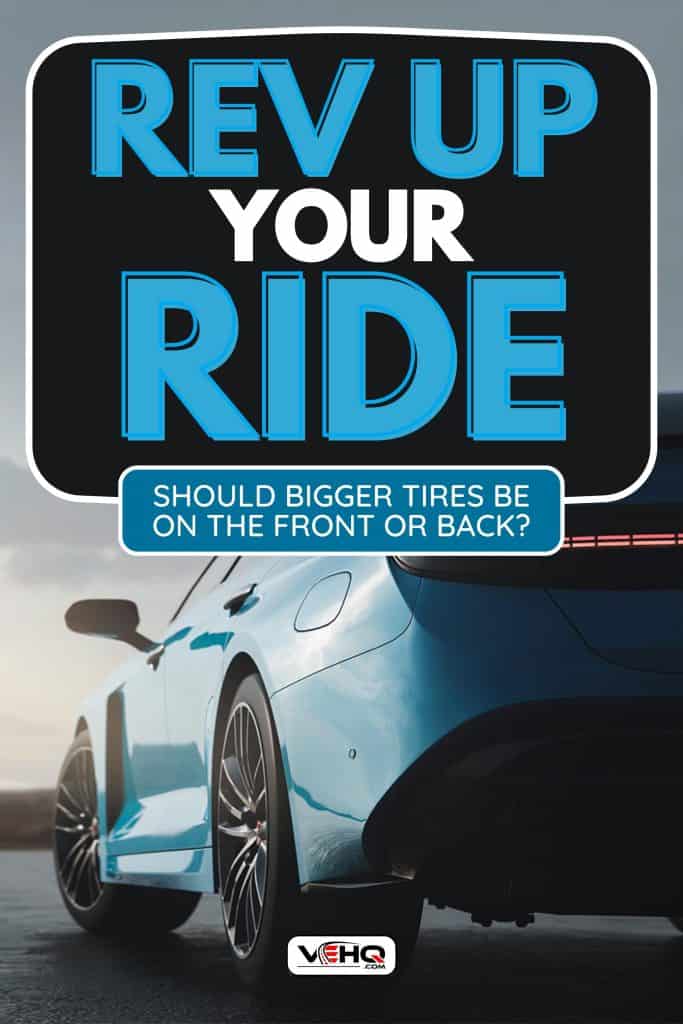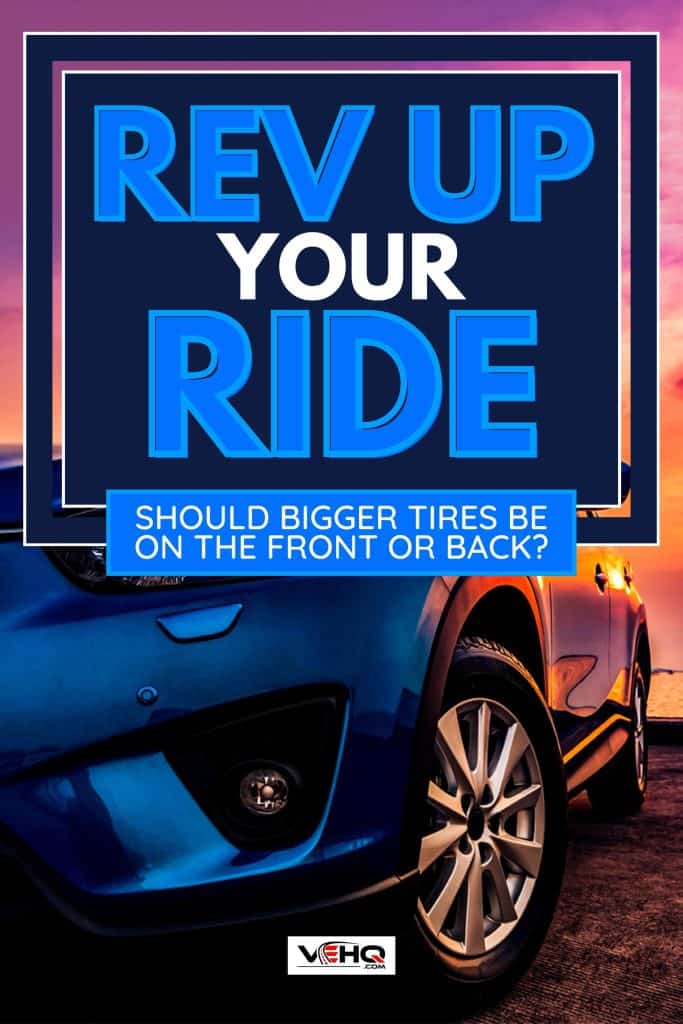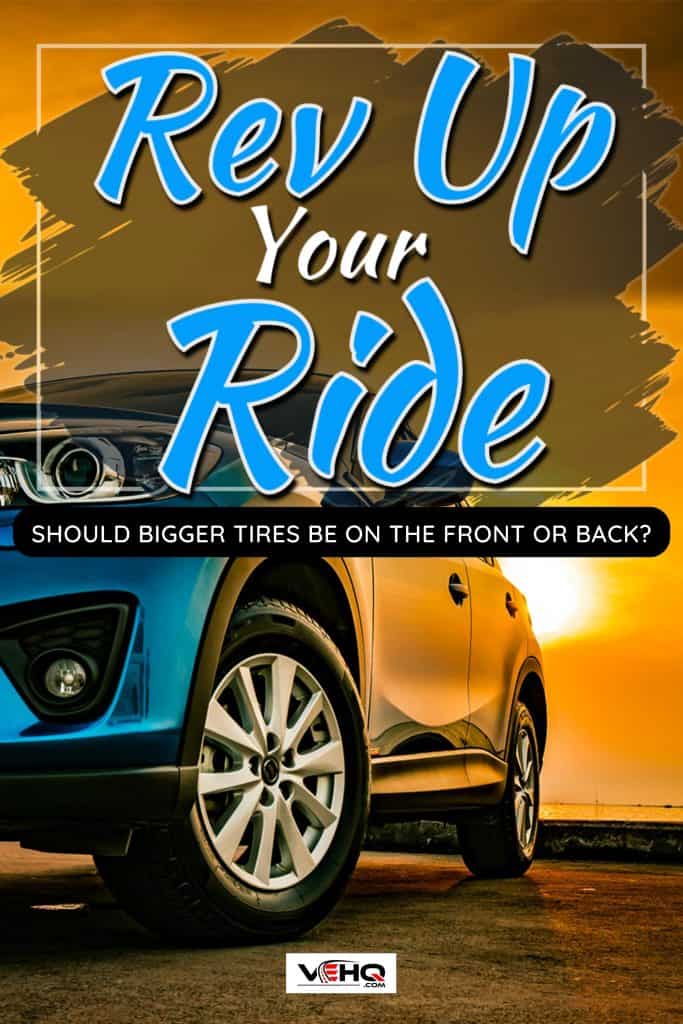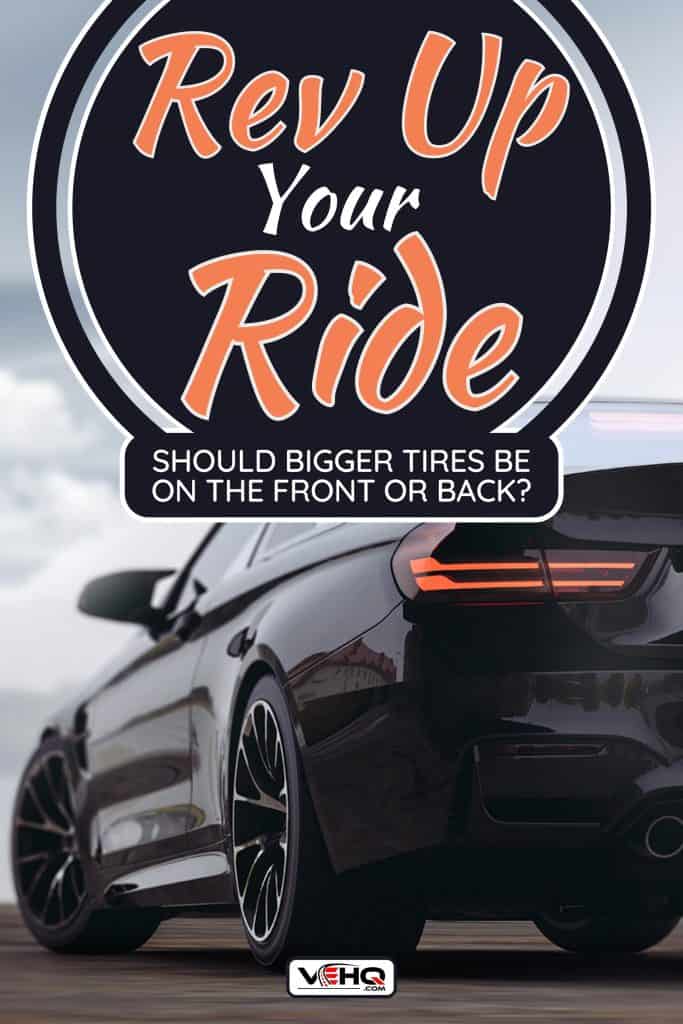Have you ever found yourself in a situation where you're driving on a slippery road, and your car starts to fishtail? You try to regain control, but it's a struggle.
You start to wonder if the placement of your bigger tires could have made a difference. Should they be on the front or back?
It's a question that can make a big impact on your driving experience, and we're here to help you find the answer.
In this article, we'll explore the debate between bigger tires on the front or back and provide you with the information you need to make an informed decision.
So, buckle up, and let's get into it!

Understanding Tire Placement
Tire placement depends on your vehicle's drivetrain configuration. In this section, we will discuss the appropriate tire placement for front-wheel drive, rear-wheel drive, and all-wheel drive vehicles.
Front-Wheel Drive Vehicles
In front-wheel drive vehicles, power is transmitted from the engine to the front wheels, propelling the car forward.
When it comes to tire placement, you should ensure that the tires with more tread are placed on the rear axle.
This improves vehicle stability while handling turns, cornering, and various steering inputs.
Rear-Wheel Drive Vehicles
Rear-wheel drive vehicles distribute power from the engine to the rear wheels.
Similar to front-wheel drive vehicles, it's crucial to place the tires with more tread on the rear axle for better stability.
Rear tires provide the vehicle stability, and if they have little tread, then stability is lost, which could lead to spinning out in certain situations.
All-Wheel Drive Vehicles
All-wheel drive vehicles receive power from the engine to all four wheels.
For these vehicles, it's still recommended to place the tires with more tread on the rear axle. This is because the rear tires play a vital role in maintaining vehicle stability during various driving conditions.
Benefits of Bigger Tires on the Front
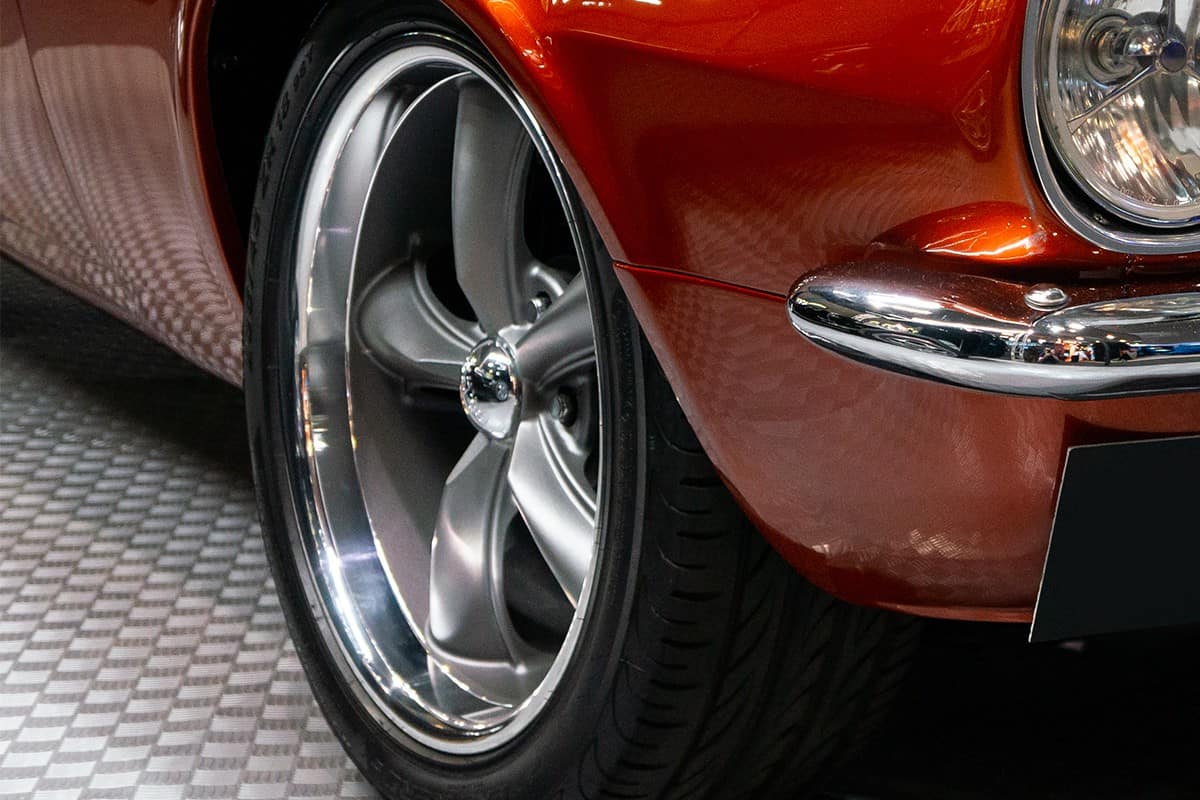
Let's explore the benefits of having bigger tires on the front of your vehicle.
Handling and Steering
One of the main advantages of bigger tires on the front is their effect on handling and steering.
Larger tire width means they cover more surface area on the road, providing better grip and control in turns and corners.
This can enhance the overall handling performance and make your drives more enjoyable as you can maneuver your vehicle with more confidence.
Traction and Braking
Another benefit of having bigger tires on the front is the improvement in traction and braking. Wider tires have a larger contact patch, which aids in distributing the weight of the vehicle more evenly on the road surface.
This leads to better control and stability while accelerating as well as improved stopping power.
It's important to note, however, that this advantage could be offset if the tires on the back of your vehicle are significantly smaller or more worn out. In such cases, the mismatch can lead to handling issues, as the worn rear tires may hydroplane and cause the vehicle to spin out.
To avoid this, it's always a good idea to change all four tires if possible or at least ensure that the rear ones are in decent shape before opting for larger front tires.
Now that you have a better understanding of the benefits of putting larger tires on the front of your vehicle, you can make an informed decision about whether this modification is right for you.
Benefits of Bigger Tires on the Back
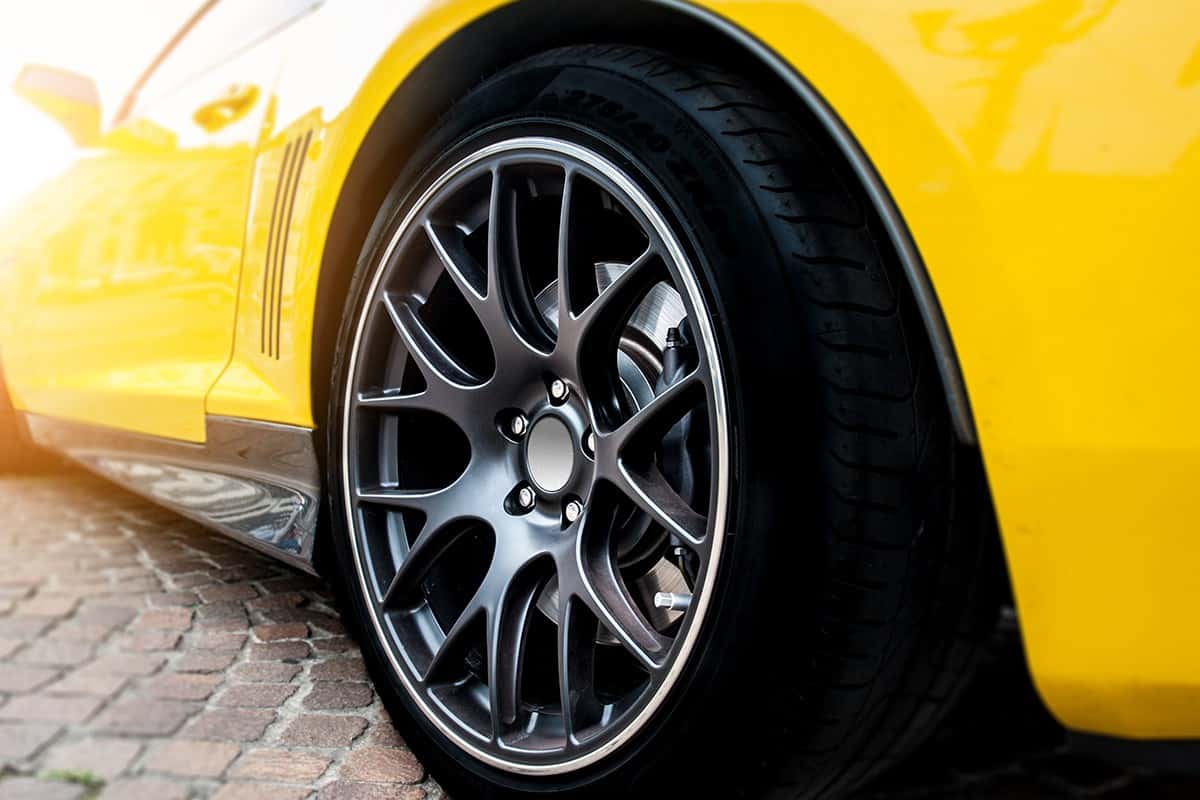
Let's take a closer look and see why bigger is better when it comes to the back of your vehicle.
Stability and Control
When you have bigger tires on the back of your vehicle, it provides increased stability and control.
Rear tires are responsible for vehicle stability, so having more tread on the back tires ensures a better grip on the road, and it reduces the chances of hydroplaning or spinning out in wet conditions.
Additionally, putting new tires on the back helps maintain better traction while driving, especially during turns and maneuvering on twisty roads.
This improved control can enhance your overall driving experience, making you feel more confident behind the wheel.
Acceleration
Another advantage of having bigger tires on the back of your car is the improvement in acceleration, particularly for rear-wheel drive (RWD) vehicles.
Larger rear tires provide more traction, which is essential for RWD cars since they rely on rear wheels for propulsion.
By using bigger tires at the back, the vehicle can efficiently transfer power from the engine to the road, ensuring faster acceleration and better performance on straightaways and during overtaking maneuvers.
Potential Disadvantages
While having bigger tires on your vehicle might bring some benefits, there are a few disadvantages to consider.
Increased Rolling Resistance
When using bigger tires, you may experience increased rolling resistance. Rolling resistance is the force that opposes the motion of your tire as it rolls on the road.
A higher rolling resistance can result in decreased fuel efficiency because your vehicle needs to work harder to overcome this resistance while driving.
In other words, your vehicle might consume more fuel when using bigger tires. This not only impacts your wallet but also contributes to increased greenhouse gas emissions.
Uneven Tire Wear
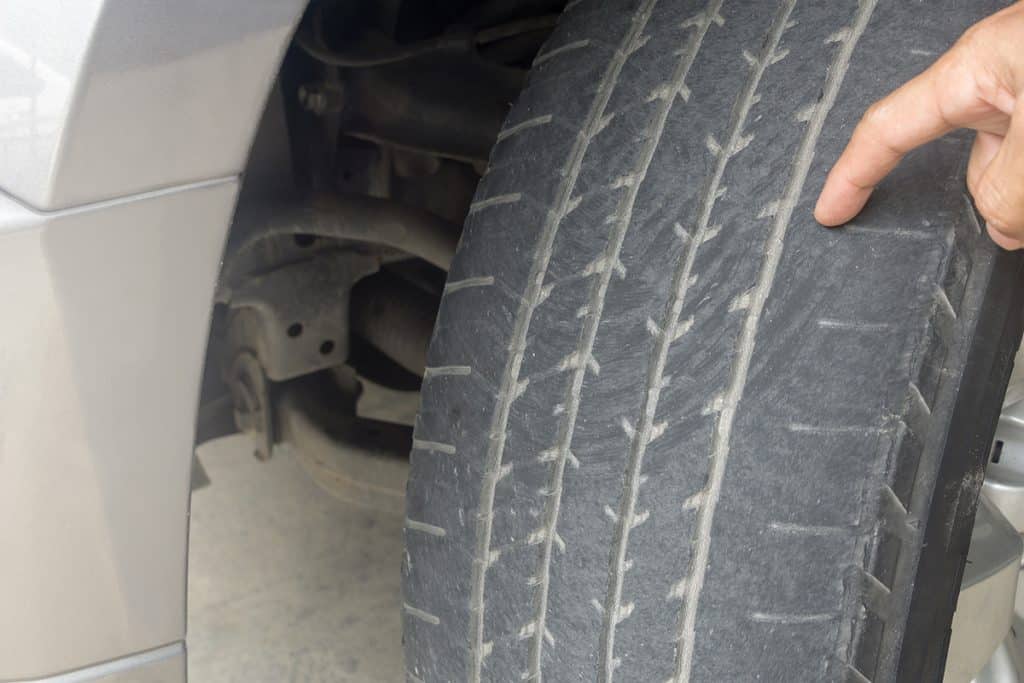
If you have bigger tires on either the front or back of your vehicle, it might cause an imbalance, leading to faster and uneven wear on the tires. This can be especially problematic if the bigger tires are on the front, as it might increase the risk of losing control of your car.
Having more tread on the front wheels can make the rear end less stable and more prone to sliding around corners.
To prevent uneven tire wear, it's essential to rotate your tires regularly and keep an eye on your tire pressure.
Proper maintenance will not only help prolong the life of your tires but also ensure optimal vehicle performance and safety.
Importance of Consulting the Manufacturer's Recommendations
When it comes to deciding whether to put bigger tires on the front or back of your vehicle, it's crucial to consult your vehicle manufacturer's recommendations.
These guidelines are based on comprehensive research and testing by the experts who designed your vehicle.
They know how the vehicle is engineered to perform and the effects of various tire sizes on its handling and safety.
Each vehicle model might have different recommendations, so don't assume that what works for one make or model will apply to yours.
To find these recommendations, consult your owner's manual or use the manufacturer's website to look up your specific vehicle model.
If in doubt, it's always best to consult with a professional tire shop for expert advice.
It's essential to remember that deviating from the manufacturer's recommendations could result in unexpected handling problems or contribute to premature wear on your vehicle's components.
This is especially true when considering the implications of tire size on your vehicle's suspension and braking systems.
So always prioritize your vehicle's safety and performance over esthetics or personal preferences. Additionally, proper tire maintenance is critical, whether you have bigger tires or not.
Tire rotation should be done based on your vehicle manufacturer's suggestion or every 6,000 to 8,000 miles. Regular inspection for tire wear is also recommended.
Wrapping Up
In conclusion, the placement of bigger tires on your vehicle depends on various factors, such as the drivetrain and intended use.
For front-wheel-drive vehicles, it's generally recommended to avoid staggered configurations, while rear-wheel-drive vehicles can benefit from having bigger tires on the back.
Regardless of the drivetrain, it's advisable to install new tires on the rear axle to maintain stability and reduce the risk of oversteering.
Ultimately, proper tire placement can enhance both safety and performance, so it's essential to consider your vehicle's specifications and consult with a tire professional to determine the best setup for your needs.
By prioritizing safety and performance over aesthetics or personal preferences, you can improve your driving experience and enjoy the benefits of bigger tires on your vehicle.
If you enjoyed reading this article, you might also like these others:

